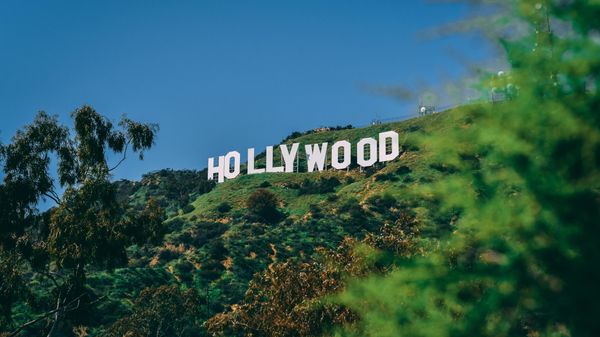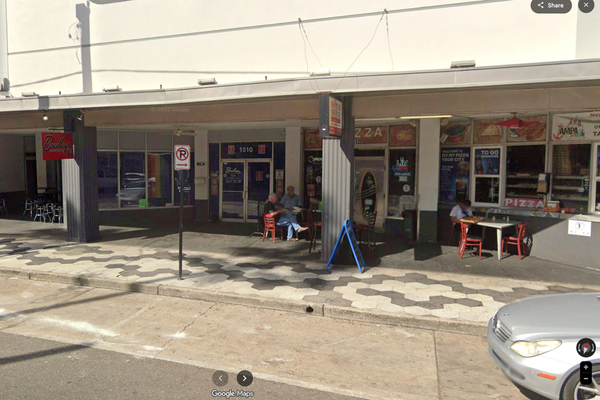
After nearly five months – 146 days, to be exact – the Hollywood writers’ strike appears to be nearing its end, as the Writers Guild of America (WGA) reached a provisional deal with the group representing the studios and streamers. If ratified by union membership, the deal would conclude one of the longest work stoppages in the union’s history; the current record was set in 1988, when the WGA struck for 154 days.
The tentative agreement was announced on Sunday night after a marathon weekend of negotiations. “We can say, with great pride, that this deal is exceptional – with meaningful gains and protections for writers in every sector of the membership,” the WGA said in an email to strike captains on Sunday night.
While there is still much that is unclear – the nature of the deal, which still needs to be ironed out in contractual language and ratified by union leadership and its 11,500 members, has yet to be revealed – the picture of a post-strike Hollywood is coming into focus. Here is what we know so far:
What’s in the deal?

The provisional, three-year contract between the Alliance of Motion Picture and Television Producers (AMPTP) and the WGA will address the main three issues undergirding the strike: protections against the encroachment of artificial intelligence on writers’ work, residual payments for shows on streaming platforms and staffing minimums for writers’ rooms on TV shows.
Concerns around the future of AI emerged as arguably the leading issue and, for many, the most charged; Hollywood’s push into AI is already under way and the dual strike with the actors’ union offered one of the first and strongest labor opportunities to shape the path ahead for technology that will undoubtedly shape many employment sectors. The WGA was particularly concerned about the possibility that streamers and studios could use generative AI – the type of machine-learning systems capable of creating text, images and video, such as OpenAI’s ChatGPT – to cut costs by foregoing human writers for AI-produced scripts.
The details on the AI concessions are still scarce, but the Hollywood Reporter noted that negotiations over AI regulations were the final sticking point heading into the weekend. According to the New York Times, the AMPTP proposed this weekend to add a few paragraphs to the contract about AI and old scripts owned by studios. The two sides negotiated the language for several hours on the final night of talks.
The new agreement also reportedly includes a plan for residual compensations tied to streaming show performance that is not tied to health and pension funds. Residuals for shows that succeed on streaming platforms – such as this summer’s hit Suits, a 2010s legal drama that broke streaming records on Netflix – have lagged far behind those of shows on linear networks.
Another sticking point was the WGA’s proposal for TV staffing minimums – six to 12 writers a show, depending on the number of episodes per season —– which the AMPTP had refused to consider and some within the guild privately opposed. In the final weeks of negotiations, the studios reportedly budged by offering showrunners flexibility to hire a certain number of writers based on the budget of the show. It remains unclear the precise compromise reached by the two sides on staffing minimums and the regulation of “mini-rooms”, seen by many as a way to avoid the cost of a full writers’ room.
What’s next?

It’s still possible that the strike could go on; the deal must now be ratified by the guild’s several leadership boards (including the union membership committee, WGA West’s board and WGA East’s council), which are set for a vote on Tuesday. After that, members will receive a summary of the agreement for a ratification vote.
In the meantime, the WGA has suspended picketing, though it reminded members that no one is to return to work until given the green light and the lawyerly contract is formalized. “What remains now is for our staff to make sure everything we have agreed to is codified in final contract language,” WGA reps said in the email to strike captains on Sunday night. “And though we are eager to share the details of what has been achieved with you, we cannot do that until the last ‘i’ is dotted.”
Writers could return to work quickly if union leadership approves the deal, as they can also vote to end the strike while the rank-and-file vote is still underway. “This would allow writers to return to work during the ratification vote, but would not affect the membership’s right to make a final determination on contract approval,” WGA leaders said.
However, most TV and film production will be unable to resume, as the actors’ strike is still under way and the joint strikes have already altered the production and release schedule for months to come. With performers still out, there will probably be long delays between script and screen and months before Hollywood work returns to pre-strike levels. Studios have pushed the release of major titles, such as Dune: Part Two and Luca Guadagnino’s Challengers, until 2024. Some TV shows, such as Amazon Prime’s A League of Their Own and The Peripheral, went from indefinitely delayed to cancelled, and the production on many others has been delayed.
Without such popular shows as Abbott Elementary and Young Sheldon, which shuttered their writers’ rooms for the strike in May, the major networks have already filled their fall TV schedules with reality programming and reruns. Fox developed a new game show called Snake Oil, while ABC expanded its Bachelor franchise with The Golden Bachelor, premiering this week. CBS is airing old episodes of Yellowstone in prime time and ABC began simulcasting ESPN broadcasts of Monday Night Football.
Some scripted network shows filmed before the strike, such as Quantum Leap and Magnum PI, will return with new seasons this fall; others, such as Grey’s Anatomy, Abbott Elementary and Law and Order, will not. With the WGA expected to ratify the deal, at least some of the 2023-2024 broadcast season could be saved, with production resuming for some shows as early as Thanksgiving.
Late-night and daytime television – the first casualties of the work stoppage in May – could get back on the air quickly. And Deadline reported on Monday that Saturday Night Live, which usually begins at the end of September, will get most of its season; the show is expected to return on 7 or 14 October, pending the WGA vote, with non-actor hosts and potentially without some cast members in solidarity with the actors.
Will this affect the actors’ strike?

Not directly – the Screen Actors Guild (Sag-Aftra), the union that represents more than 160,000 performers, has stressed that it will not be governed by other unions’ contract deals (as did the WGA, which was on strike after the directors’ guild reached a non-strike agreement with the AMPTP). The actors have been on a separate strike since 14 July, though many of its demands overlap with writers and many A-listers have picketed jointly with them.
Still, a deal with the WGA could provide a blueprint for resolving the actors’ strike, which has taken a mounting toll on performers and below-the-line staff. The tentative writers’ agreement addresses similar concerns to actors, namely strong guardrails against the encroachment of AI – actors are worried about the rights to their digital likenesses, for example – and streaming residuals.
While championing its own deal, the WGA has encouraged members to continue supporting actors on their picket lines when they resume on Tuesday.







